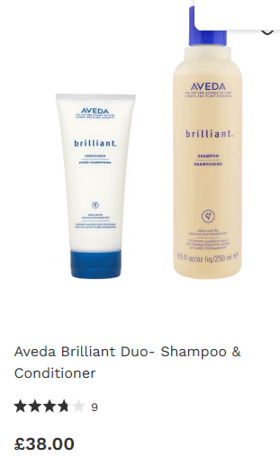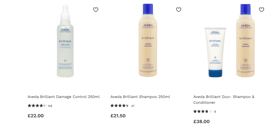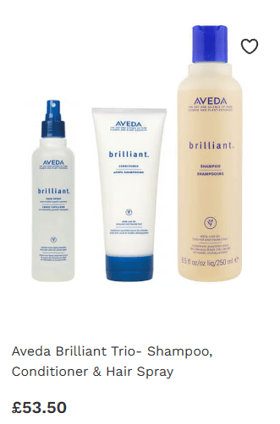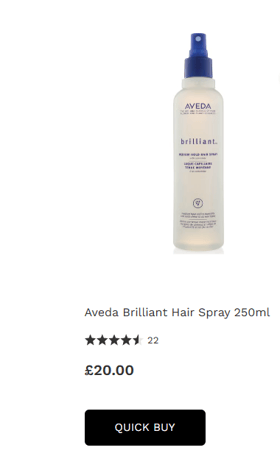The Importance of Avoiding Stockouts in Your Salon or Spa
Why is so important to be in stock and what can you do about it?
PRODUCT RANGESSALES FORECASTINGSALON RETAIL% SELL OUTBEST SELLERSPRODUCT SELECTION
4/12/20242 min read


Stockouts can be detrimental to your salon or spa business for several reasons:
1. Revenue and Profit Loss: When you run out of stock, you miss out on potential sales and revenue, directly impacting your bottom line.
2. Customer Disappointment: Clients expect you to have the products they need, and when you don't, they may be disappointed or frustrated, which can affect customer satisfaction and loyalty.
3. Lost Sales Opportunities: If clients can't find what they need at your salon or spa, they may look elsewhere to fulfill their needs, potentially leading to lost sales opportunities.
4. Impact on Customer Experience: Retail products play a crucial role in extending the benefits of your salon or spa services. When clients can't purchase the products they want, it shortens their overall customer experience.
It's essential to note that when discussing stockouts, we're referring to running out of products that are part of your current range. If a product has reached the end of its lifecycle, it's ideal to have zero stock.
Seasonal or promotional items require careful management to avoid stockouts at critical times. Seasonal lines, or promotional lines fall somewhere in between, you don’t want to run out too quickly, but you want to be out at the right time. The right time will depend on what the product season are, running out of suncare bestsellers in May is far from ideal; or the type of message you are promoting. For example, even with a ‘while stock lasts’, a message that tries to create urgency, if you run out after a day, you most probably have underbought.
Strategies to Prevent Stockouts
How does a Merchandise Planner avoid being out of stock on a product…
1. Sales Analysis: Start by analyzing your sales history to understand customer preferences and buying patterns. We have covered this extensively in a previous post, so I won’t be going deeper into this today. In summary use your sales history, with the relevant stock context to know what is performing, what is declining and maybe your missed opportunities. This data will help you identify top-selling products, declining items, and missed opportunities.
2. Range Selection: Base your range selection on actual sales data rather than personal preferences or gut feelings. I would always recommend to keep your range tight and focused to minimize stock backup and streamline management processes. You can read more about it in this article about how less is more.
The idea is that a focused range avoids splitting sales. Have you seen Lookfantastic.com range of Aveda shampoos? It is really neccesary to offer Brilliant in singles, then duos and then as bundle of 3.








3. Bestsellers List: Maintain a list of best-selling products ranked by units and cash sales. This list will help you stay focused on high-performing items and detect changes in sales trends.
4. Range Planning: Develop a clear range plan outlining your current product offerings. This plan ensures that you're not reordering discontinued products by mistake.
5. Sales Forecasting: Use past and current sales data to forecast future product demand. Consider seasonal fluctuations and promotional activities when planning stock levels.
6. Proactive Measures: Take proactive steps to smooth out sales fluctuations, such as creating bundles or highlighting retail products during slow periods.
By implementing these strategies, you can minimize the risk of stockouts and ensure that your salon or spa is always well-stocked with the products your clients need.
Contact details
roberto@retailsalesservices.co.uk
+44 (0)7450408610
Supporting hair and beauty businesses achieve higher and more profitable retail sales
We are so confident in our ability to boost retail profits that we offer a 100% money back guarantee
